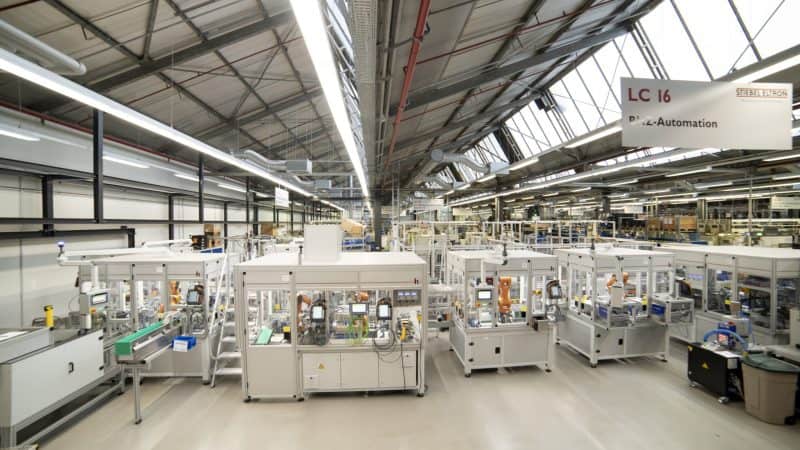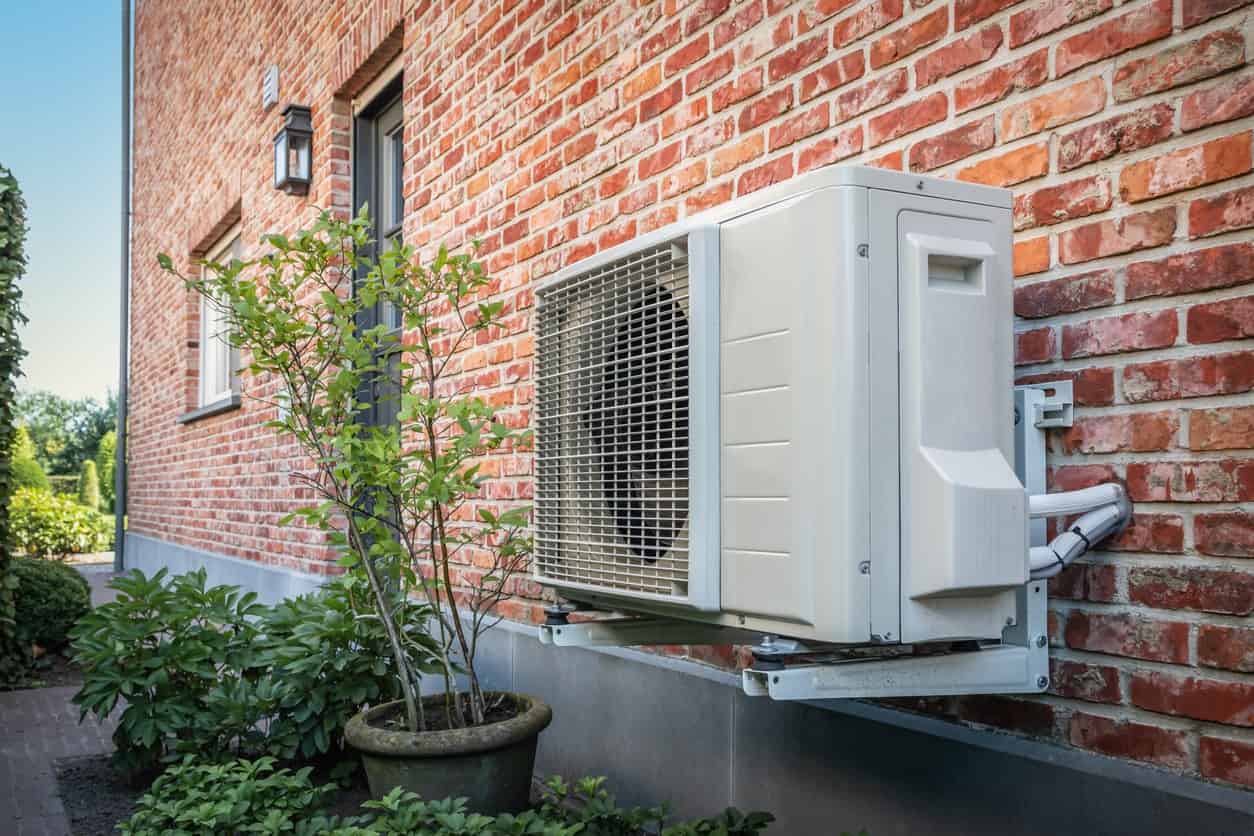
Eurostat data shows natural gas is behind 33 percent of final energy consumption in residential buildings. Most used for heating purposes, the share rises to 71 percent in the Netherlands. Since the start of the war in Ukraine, many European states rushed to cut their gas imports from Russia. At the same time, with 2030 emission reduction goals, finding ways to replace fossil fuels becomes essential.
- European countries still massively rely on natural gas to heat buildings;
- QHeat has developed a system to exploit more the Earth’s geothermal potential;
- Bisly makes buildings smarter, helping them reduce energy consumption.
In one of the sessions of the latest edition of the Cleantech Forum Europe, alternatives were presented to break the dependence on natural gas. The Cleantech Forum is an event organized yearly by the Cleantech Group, a research company focusing on offering its clients insight into the cleantech sector. This year’s edition happened in Tallinn, Estonia, as one of the events part of the Greentech week organized by the local government as 2023’s European Green Capital.
In the talk, the technologies by QHeat, a Finnish geothermal energy company, and Bisly, an intelligent building solutions startup, were in the spotlight. Both of them offer a way out of the reliance on natural gas.
Thousand-meter-deep wells
QHeat is digging deeper to exploit geothermal energy potential. The Finnish company is going down to over two thousand meters in depth, where a higher heat potential can be found, and thus, more energy can be generated. The company offers a nearly emissions-free solution to heat and cool buildings thanks to its medium to deep well installations.
The company’s system is based on a coaxial flow. After drilling the well, a tube system is installed, including insulated inner piping. From the ground level, cold water is sent down in the tube; once heated by the bedrock, heat goes up in the cavity through the sealed pipe without losing any power on its way upwards. “This means that there is a possibility to reverse the heat flow if needed, storing excess heat in the bedrock, using it as a seasonal storage,” explains Erika Salmenvaara, CEO of QHEat.
One well can provide up to one GWh of heat in one year, thus catering to small residential districts and industrial applications. As it successfully demonstrated the functioning of its installation in several locations in Finland, QHeat is about to start its first project in Estonia.
Smart buildings consume less
Emissions reduction can also be achieved by curtailing or optimizing energy usage. One way to do so is by making buildings smart, the mission that Bisly has been working on since 2018. The company developed a cloud platform that connects with third-party equipment and existing infrastructure. Leveraging on what’s already on site, installation costs are reduced, but most importantly, energy consumption costs are cut down by up to fifty percent. By gathering real-time data, the system optimizes the usage of heating, cooling, and lighting.
The Estonian company believes making buildings intelligent is crucial to reducing dwellings’ carbon emissions. “Only five percent of the buildings in the EU have some automation, and nine out of ten buildings in this share don’t have properly working systems. We are standardizing the deployment process of smart buildings, minimizing the costs of these installations so that the remaining ninety percent can enjoy the effects,” underlines Siim Vips, CEO of Bisly.
In Vips’ view, the high technology and engineering costs hamper the development of smart building solutions. Being old and heavy engineering technology, creating new hardware doesn’t help with scaling down costs, which is why the Tallinn-based business opted to tackle the overhead costs. Moreover, Bisly wants to simplify the adoption process, enabling more buildings to implement it. With a recent €3.6 million funding round, the company plans to expand its operations and equip 250 buildings with its system.

Greening the grid
How can these two solutions have a tangible impact? “Solar and wind represent good sources of electricity, but they vary seasonally and need a lot of grid flexibility. Together with geothermal energy, it’s the perfect combination to make the energy system renewable and flexible, with thermal energy that can store excess heat,” maintains Salmenvaara.
Being able to cater to all existing buildings is the main selling point of Bisly’s CEO. Vips: “Normally, our competitors run on buildings with a smart management system already in place. We are trying to cater to all buildings, as most existing ones aren’t smart since the return on the investment is too long.”
European expansion
From the Nordics, these innovations are reaching new markets, too. Bisly has already made some buildings smart in Finland and is set to start operating in Germany in the first quarter of 2024. Meanwhile, with the first project kicking off in Estonia, QHeat is open to new installations across the continent, offering its technology and expertise to other stakeholders to install on other sites.







